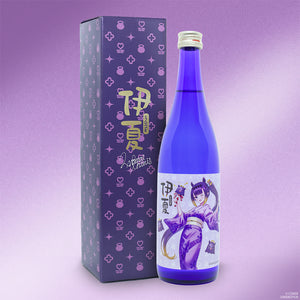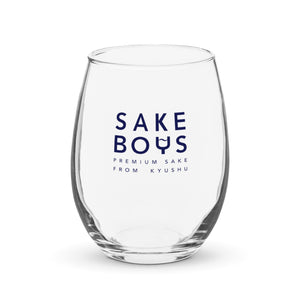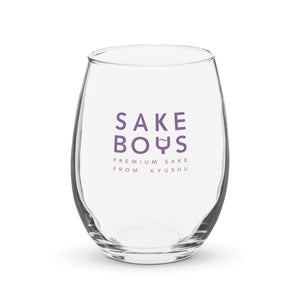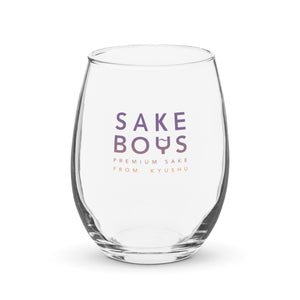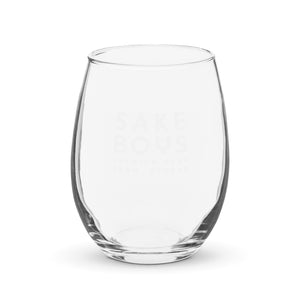Inatsu commemorative goods set
Tax included
Shipping calculated at checkout
[Please read]
This item is a special collaboration product.
Please note that we do not accept any returns or cancellations due to customer preferences.
This product cannot be sold or shipped to mainland China (excluding the Hong Kong and Macao Special Administrative Regions).
If a package is returned to us due to an incorrect shipping address, prolonged absence, or refusal to accept the delivery, reshipping costs will be the responsibility of the customer.
Please double-check your personal information (such as name and shipping address) before placing your order.
According to our store policy, we may cancel orders that fall under any of the following:
・Orders that exceed the purchase limit
・Orders that appear to be placed by bots
・Orders that are suspected to be for resale purposes
This product is limited to one unit per customer.
This is a set of goods shaped by the summer memories with "Ninomae Ina'nis."
・A gentle-colored Tokkuri (sake bottle) adorned with her decorative obi
・An ochoko (sake cup) that captures Takodachi’s smiling face
・An acrylic stand that encapsulates the mystical world of "Inatsu"
The Tokkuri and ochoko are handmade by artisans, making each one unique with different textures (colors, feel, etc.).
We hope you enjoy the individuality that comes with handcrafted pieces.
May your time enjoying sake become even more special.
Notes on Purchase
• In the case of defective goods, please contact us within 7 days of receiving the product via the contact form. Depending on the situation, we will offer exchanges or other resolutions.
The Interesting History of Sake in Kyushu
Actually, Kyushu's sake has a pretty interesting history. Back in the 16th century, during the Age of Exploration, Portuguese ships arrived in Nagasaki and Hirado, bringing sugar to Japan for the first time. Afterward, sugar spread from Nagasaki to Saga, Kokura, and eventually to Osaka and Edo. Influenced by this sugar culture, soy sauce in Kyushu became sweeter, and in turn, sake evolved into a smoother, sweeter flavor. This "rich, sweet sake" pairs not only perfectly with bold Japanese dishes but also goes well with international cuisine! What's more, each prefecture in Kyushu has its own unique flavor profile: Fukuoka is crisp and dry, Saga is rich and sweet, and Oita is crisp and sweet. Kyushu's sake really has so much depth!
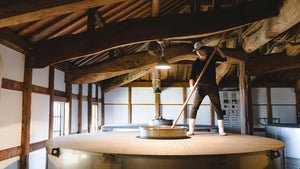
Seto Shuzo
Inatsu was brewed by Seto Shuzo, a distinguished brewery with over 200 years of history in Ureshino, Saga Prefecture. Seto Shuzo is deeply committed to crafting sake without compromise, using only the finest rice, kōji, and water, and adhering to time-honored brewing methods.
Every sake they produce—from Honjozo to Daiginjo—is brewed using the traditional sandanjikomi (three-step fermentation) technique, resulting in a flavor profile that highlights the gentle sweetness inherent in the rice.
While many modern breweries now focus on aroma-forward styles like Daiginjo and Junmai Daiginjo, Seto Shuzo remains true to the essence of sake as a brewed, not distilled, beverage—placing greater emphasis on depth of flavor and natural sweetness as the foundation of their craft.
The Uniqueness of Handmade Sake Ware: Enjoying a One-of-a-Kind Experience
Therefore, unlike industrial products, no two pieces are exactly the same.
The subtle bumps, variations in color, and tiny traces of bubbles that naturally appear during the manufacturing process are not flaws, but rather unique "scenes" and "characteristics" that belong to that particular piece.
Enjoy the warmth and one-of-a-kind expression that only handmade ware can offer.
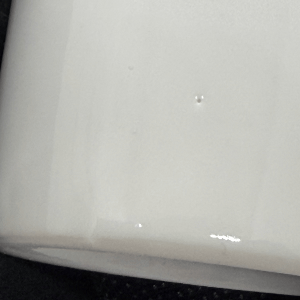
Small dimple
Pinhole
During the firing process, gases contained in the clay or glaze may escape, leaving small marks on the surface that resemble pinpricks. This is a sign that the clay has "breathed" and is one of the unique characteristics that adds a charming expression to the piece.
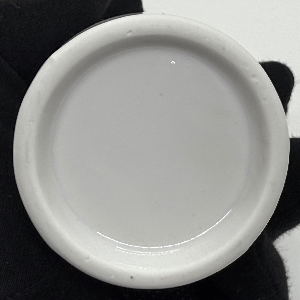
The foot of the vessel, feeling the warmth of the clay.
The bottom part of the vessel (the foot or "hama") is carefully smoothed by hand through a process known as "hama-suri" to prevent scratching surfaces like tables. The subtle bumps or roughness that emerge during this process evoke the warmth of the clay itself and the unique texture that comes from handcrafted work.
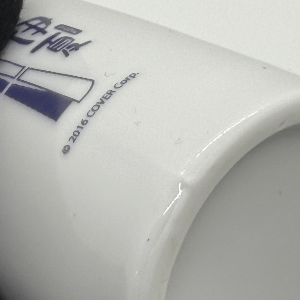
The charm of the shaping process.
During the shaping of the Tokkuri (sake bottle), a plaster mold is used, and the seam lines of the mold may leave subtle ridges or lines on the sides. This is a natural result of the manufacturing process and, as a feature unique to handmade ware, enhances the character of the piece.
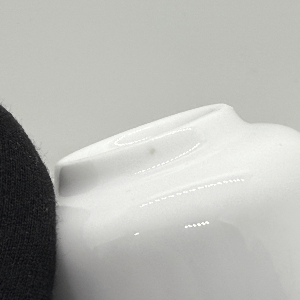
A gift from the earth.
The iron content in the raw clay and the substances that adhere to the surface during firing may react, appearing as small black or brown specks, especially on the foot (hama) of the vessel. This is known as "iron powder" (teppun), and it gives the piece a natural depth and scenic expression, a characteristic charm unique to ceramics. Those that appear in subtle, less noticeable areas with a lighter color are accepted as part of the piece's individuality.
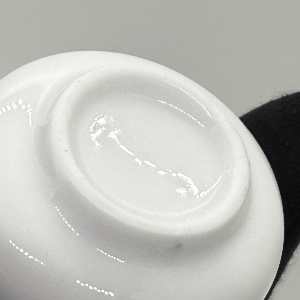
The tactile feel of hand finishing.
The bottom part of the ochoko (sake cup), like the Tokkuri, undergoes a hand-finishing process (hama-suri) to smooth it out. While some slight bumps may remain, this is a characteristic of handcrafting and is not a flaw. It allows you to enjoy the natural texture of the clay.
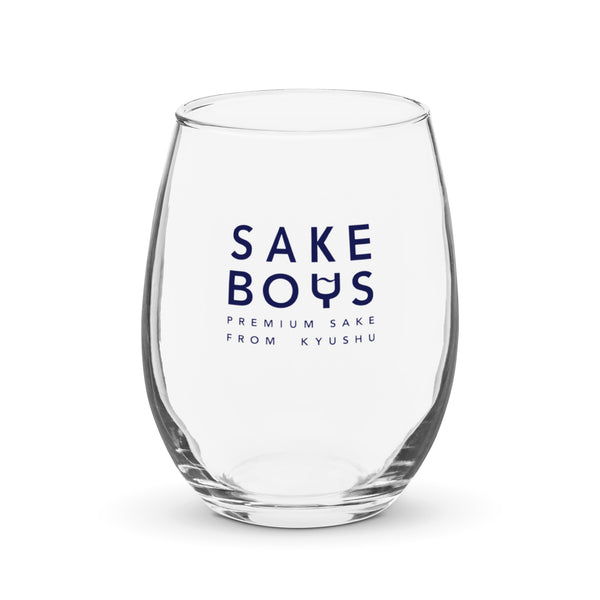
Tax included
Shipping calculated at checkout



